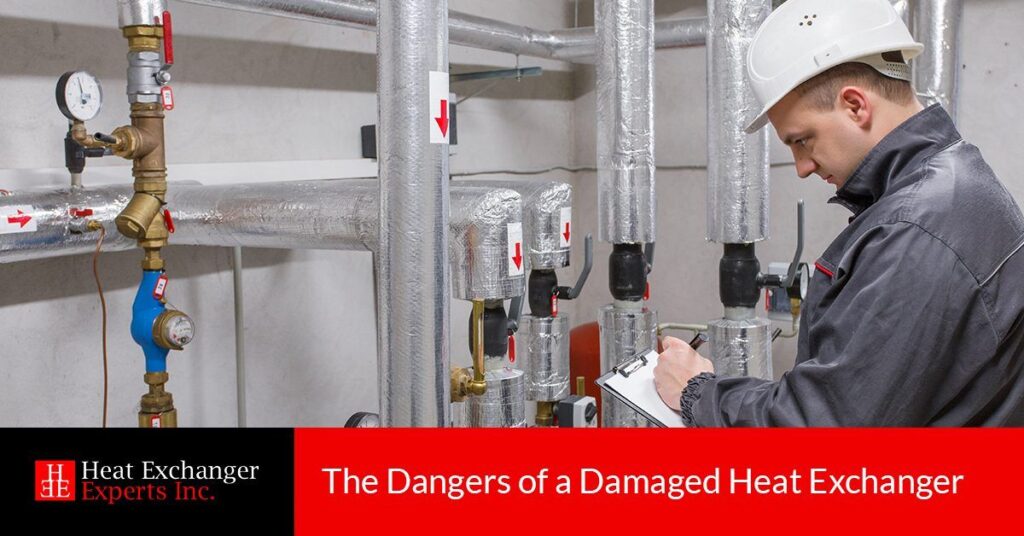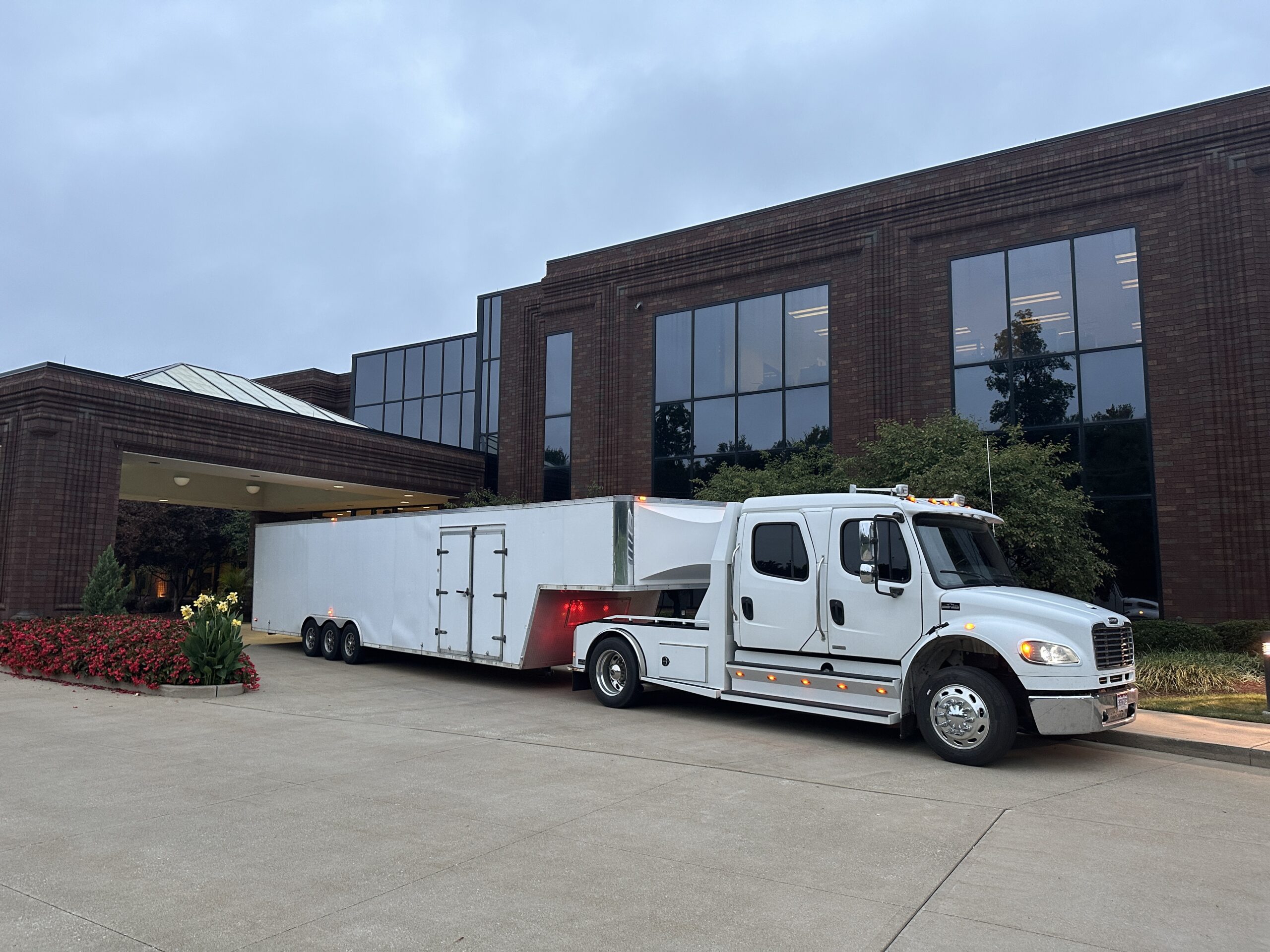The Dangers of a Damaged Heat Exchanger
Here we are in mid-February, and winter weather has settled in across the whole country. Your clients are snuggled up at home, under quilts and blankets, and basking in the warm comfort that their furnace provides them. And while they may not know it, a heat exchanger makes up a critical component of their heated comfort. If that heat exchanger is damaged, they may be at risk for a variety of hazards that could affect their standard of living and their health.
Heat Exchange Experts, Inc. has been teaching furnace repair training courses for years, so we compiled this guide to the dangers a damaged heat exchanger can pose, so you can better inform your clients.
What Does A Damaged Heat Exchanger Look Like?
The function of a heat exchanger is in the name itself. This part of the furnace conducts the heat from the burning gases to the air that is moving over the burner, all while keeping the fumes and carbon monoxide from the burning gas out of the heated air, preventing it from getting into the home. But if a heat exchanger is damaged, it can be a source of danger in the home. Hot gases and harmful fumes can work their way into the house.
The damage to a heat exchanger can take a variety of forms. If the exchanger is rusted, deteriorating, or cracked, it should be considered a “failed” heat exchanger. These failures are often difficult to detect. The damage is often concentrated at the bottom of the heat exchanger, near the blower wheel. Because of the location of the damage, many homeowners are unaware of what to look for when doing their own inspection for damage. This alone makes it necessary for every homeowner to have an annual, or semi-annual gas furnace inspection.
What Are The Risks?
Any gas, oil, or wood furnace or stove in the home produces carbon monoxide as a by-product of burning these fuels for heat. Typically, propane and natural gas burns very cleanly, but they do produce carbon monoxide in small amounts during the combustion process. When a heat exchanger works properly, these harmful by-products are safely piped out of the home, and away from the occupants. However, if the heat exchanger is cracked, rusted or has failed in another way, carbon monoxide can begin leaking into the home itself.
Because carbon monoxide is odorless, colorless and tasteless, it is incredibly difficult to tell if a heat exchanger is damaged without a visual inspection. There are signs that a technician can look for that might indicate if the heat exchanger is damaged, without having to examine the bottom of the exchanger itself. These signs might include:
- A build-up of soot and ash within the furnace
- Development of rust of the heat exchanger
- The burner flames appear to flicker or sputter
- Water begins pooling around the base of the furnace
Carbon monoxide poisoning is the most serious risk posed by a damaged or failed heat exchanger. Carbon monoxide poisoning can knock someone unconscious, or even kill them. If the occupants in the home begin to experience the symptoms of carbon monoxide poisoning, like nausea, disorientation, and irritation of eyes and nose, this is a clear sign that their furnace heat exchanger has failed, and needs immediate attention.

Easy Solutions
Fortunately, though the results of a damaged heat exchanger can be deadly, there are easy solutions to prevent them. A skilled and qualified HVAC technician can quickly repair or replace the heat exchanger for $600-$1200. In some cases, an HVAC technician may even encourage the homeowner to replace the furnace entirely. In many cases, these more costly measures can be avoided by regular maintenance to the furnace and heat exchanger and the timely replacement of furnace filters.
If you feel like your heat exchanger knowledge is lacking, or you are interested in more advanced furnace repair training, check our schedule to find the nearest Heat Exchanger Experts Seminar near you! Our heat exchanger training seminars are easy to follow and totally comprehensive. We bring over 50 field-tested heat exchangers to each seminar so you can get a hands-on look at the most common damages and failures a heat exchanger might experience. Our seminar leaders literally wrote the book on heat exchangers, so why not learn from the best? Contact us today to find out more.





